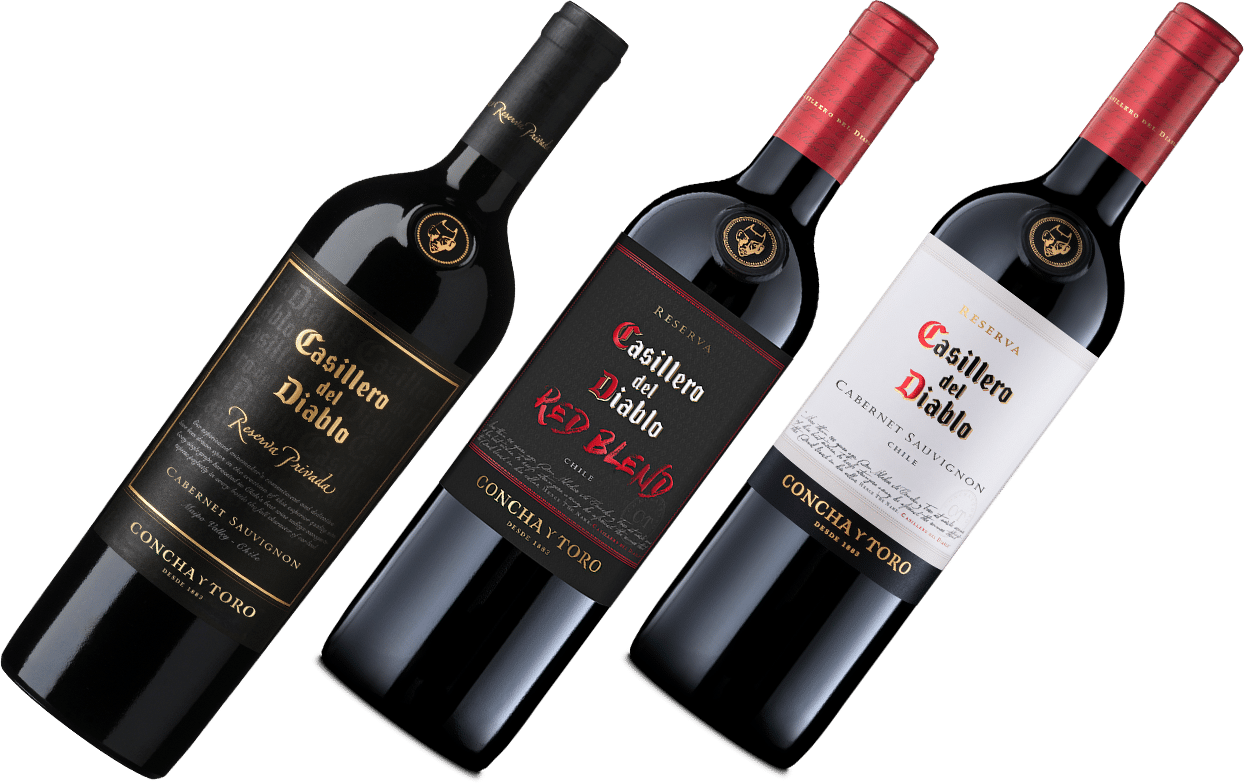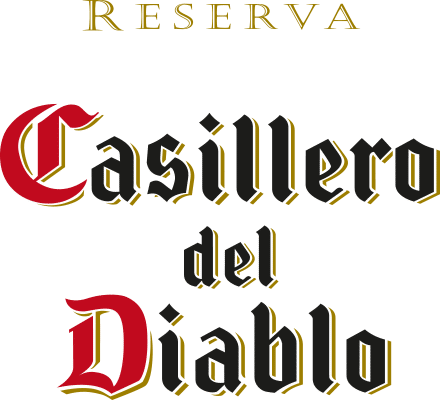
The Power of the Winemaker
We sat down with Sebastián Rodríguez, winemaker for Chile’s Casillero del Diablo, to find out what it’s like to make wine for one of the world’s most powerful wine brands.
Before discussing his role at the winery, Rodríguez elaborated on his path to the business of fermented grapes, one that started along Chile’s Pacific Ocean. Growing up in the coastal city of San Antonio north of the Maipo River, Rodriguez was drawn to the natural world, from fields, plants, to the valley and beach. “I took an interest in the vineyard before the cellar. I saw the first grape plantations in the Lo Abarca zone, or San Antonio Valley, where I have a strong family connection. That’s when my interest in wine first began” he says.
Though many new world vintners study winemaking, in Chile, says Rodríguez, one becomes an agricultural engineer first. “For me, the vineyards are the most important part in the crafting of premium wine. If you don’t have good grapes, it is impossible to make a quality wine.”
Rodríguez pursued a degree at Universidad Mayor in Santiago in agronomy — the science of soil management and crop production — before landing at Casillero del Diablo. “I knew Casillero del Diablo was at the forefront of South American wine; it was only a matter of time before I got involved in the brand and its adventurous spirit” he says.
Rodríguez joined Casillero del Diablo in 2007 under the tutelage of Master Winemaker Marcelo Papa. Queried about his sense of responsibility towards the brand, given its powerful global positioning, he conveyed humility. “It is very important, an honor and of course a great responsibility to work as part of the Casillero del Diablo winemaking team. Casillero del Diablo holds an illustrious portfolio that is revered throughout Chile and the world, so we do everything we can to honor that” he says, noting the constant challenge to achieve consistency and quality.
However, Rodríguez’s role is to ensure not just quality, but also transparency of terroir. It’s vital that Casillero del Diablo’s wines offer a sense of place to the consumer. “At Casillero del Diablo, we always work with the most suitable terroir for each variety.” He uses the cold climate varieties of Pinot Noir and Chardonnay as an example. “We are working with coastal terroirs such as Limarí and Casablanca where our vineyards receive freshness from the light breezes off the Pacific Ocean.”
While speaking of the landscape, Rodríguez notes Casillero del Diablo’s growing responsibility towards the environment and mitigation of its carbon footprint, giving examples. “Nowadays, the consumption of water is well controlled, reducing its use.” The company is also using lighter bottles to reduce shipping weight and has installed energy-saving light bulbs throughout the winery.
Other than the wines of Casillero del Diablo and Chile in general, what does Rodríguez enjoy drinking? “I really admire the new regions or valleys in Uruguay, Argentina, and Brazil that are being developed. I believe that in the future, they will have a lot to offer.” And in the cellar, he likes working with Pinot Noir, Chardonnay, and Syrah.



